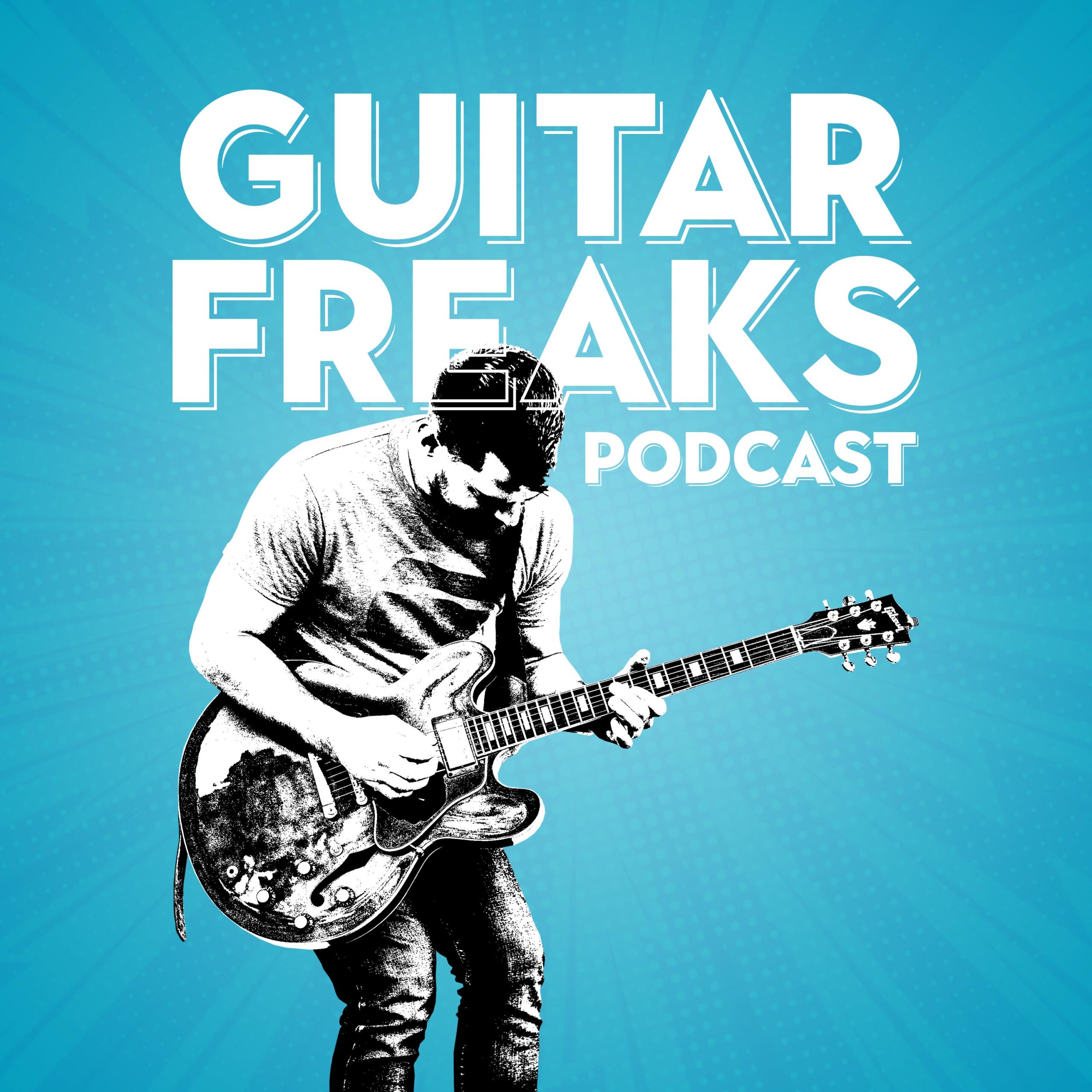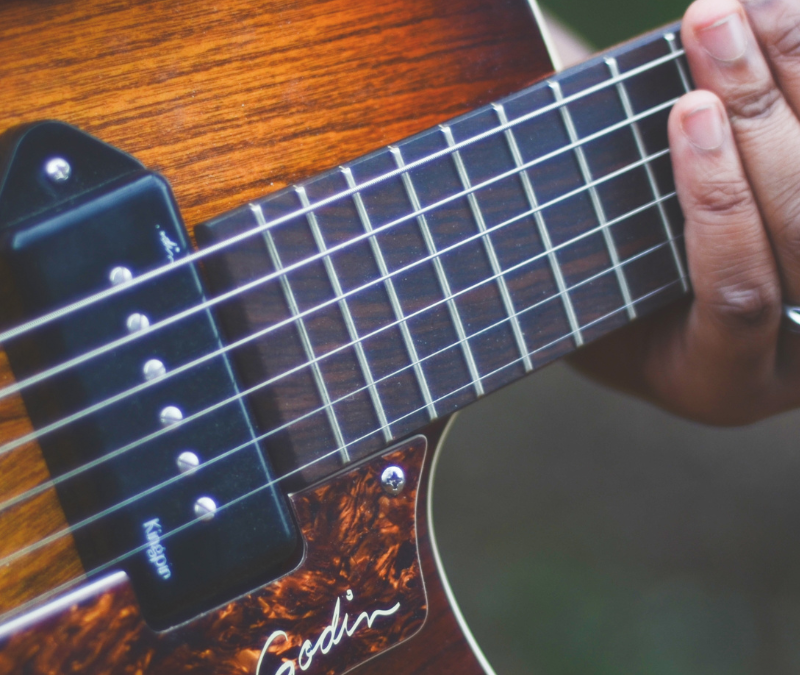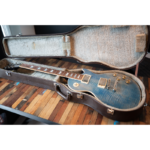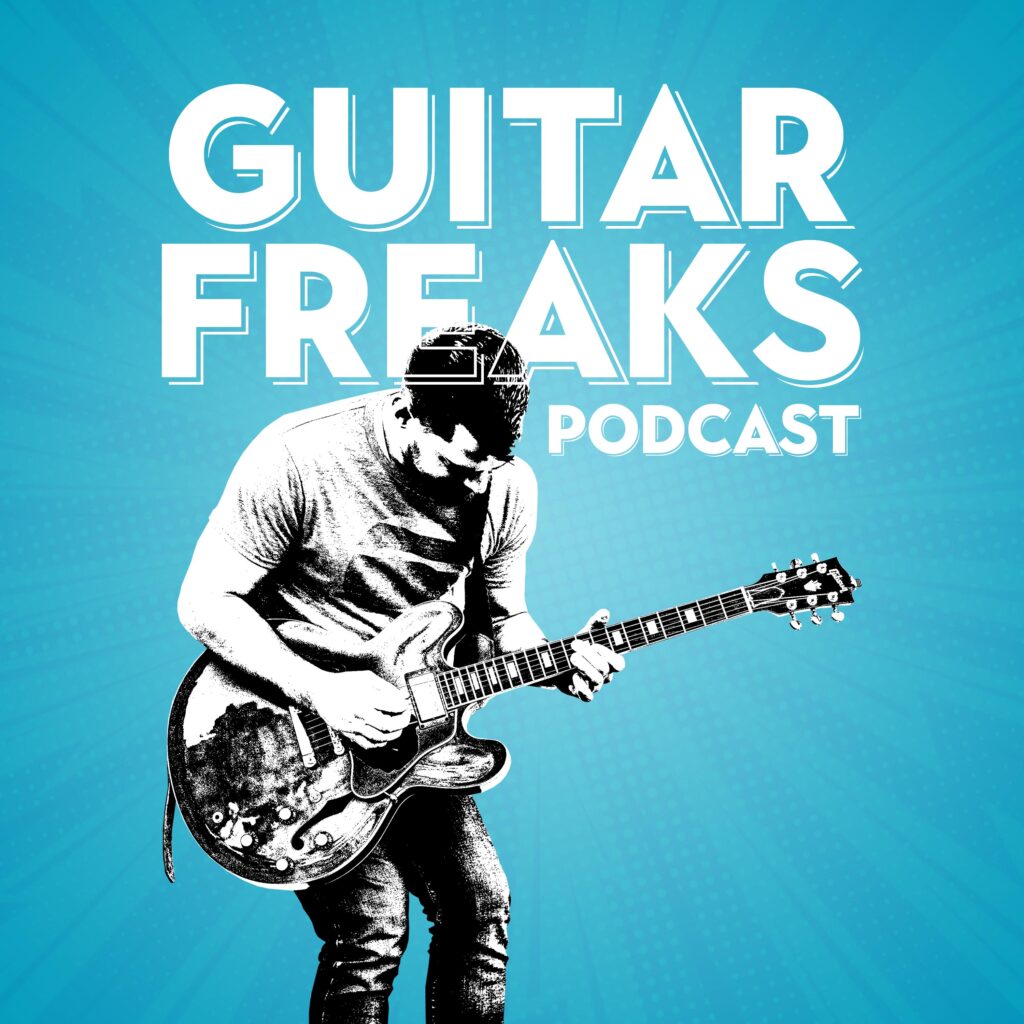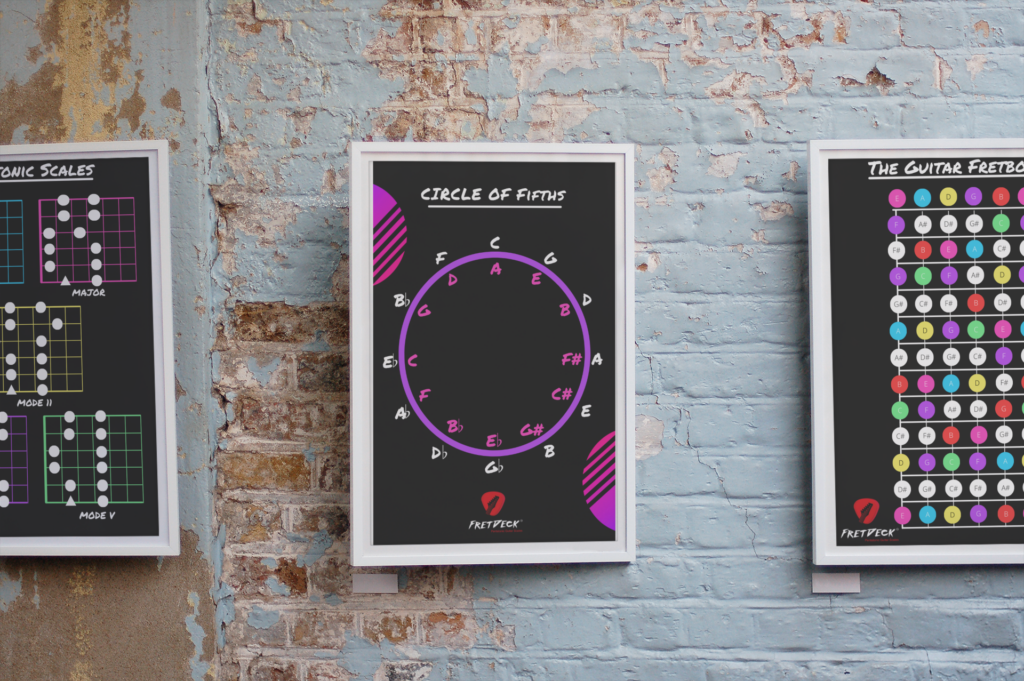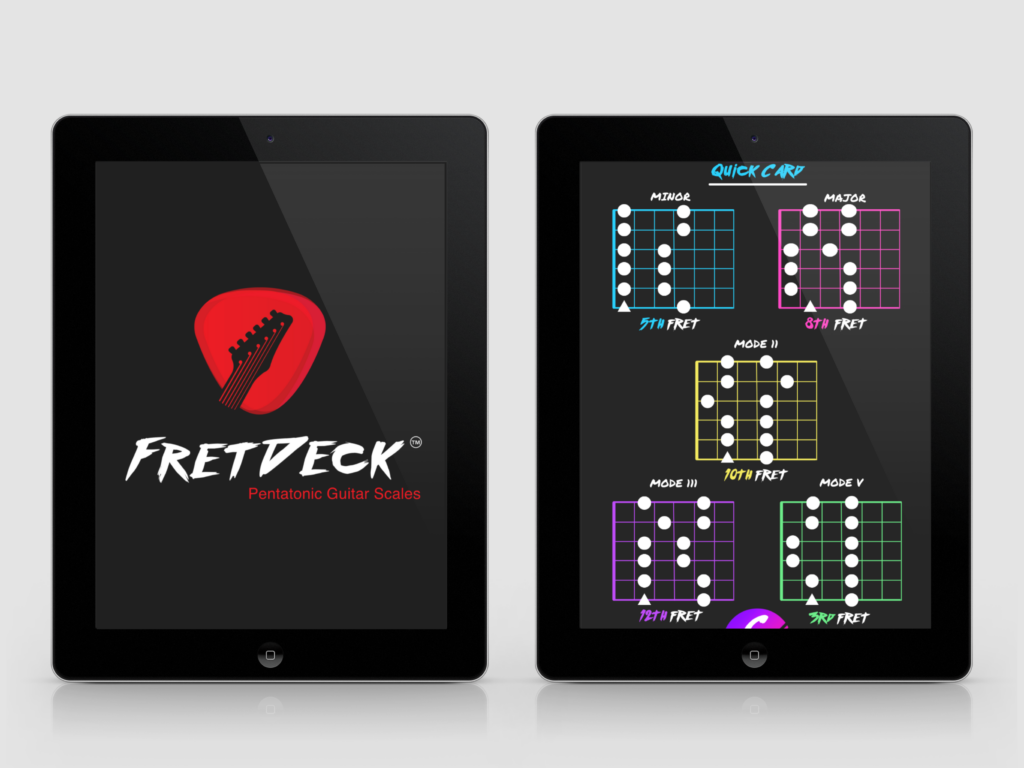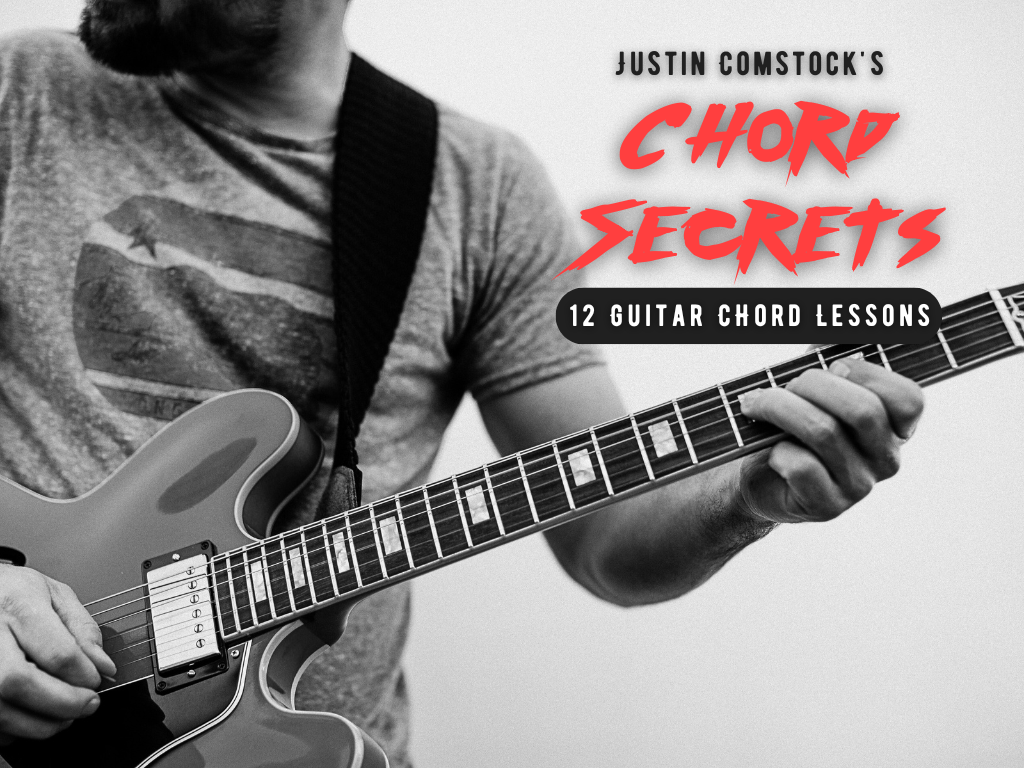Alright friend, grab your favorite guitar, find a cozy chair, and let’s talk jazz chords.
I want you to picture this for a second: You’re at a little coffee shop gig, dim lights, clinking mugs, a trio behind you. You strum a buttery Gmaj7 and everyone in the room just melts. That’s the power of jazz chords on guitar—they’re rich, expressive, and they tell a deeper story.
But let’s be real for a moment: jazz harmony can seem intimidating. All those extensions, altered dominants, weird voicings that make your fingers feel like pretzels. I’ve been there. We all have. So this post isn’t gonna be a theory dump—it’s a roadmap, a warm guide from someone who’s walked this path. If you want to sound like you understand jazz (even before you fully do), this is where we begin.
Chapter 1: Warm Up Your Ears and Hands
“Don’t just warm up your fingers—tune your ears.”
When it comes to jazz chords, the ear comes first. If you can hear the difference between a Cmaj7 and a Cm7, you’re already halfway there. Every great jazz guitarist—Wes, Joe Pass, Emily Remler—they had that internal compass guiding their hands.
Here’s a simple warm-up I use every day:
12-Bar Jazz Blues in F (Shell Chord Edition)
F7 | Bb7 | F7 | F7
Bb7 | Bdim7 | F7 | D7
Gm7 | C7 | F7 | C7
Use simple 3-note voicings:
- F7 = F (root), Eb (b7), A (3)
- Bb7 = Bb (root), Ab (b7), D (3)
These shell chords are stripped down—just the essentials. They force you to hear the harmony instead of relying on chunky grips.
🎧 Pro Tip:
Loop a backing track and play these voicings with your eyes closed. Really try to hear the movement of the chords. That’s jazz ear training 101.
If you’re into tools, FretDeck’s Jazz Chord Voicings Deck is gold for this. It breaks down all these shell voicings and extensions into bite-sized practice cards you can use daily.
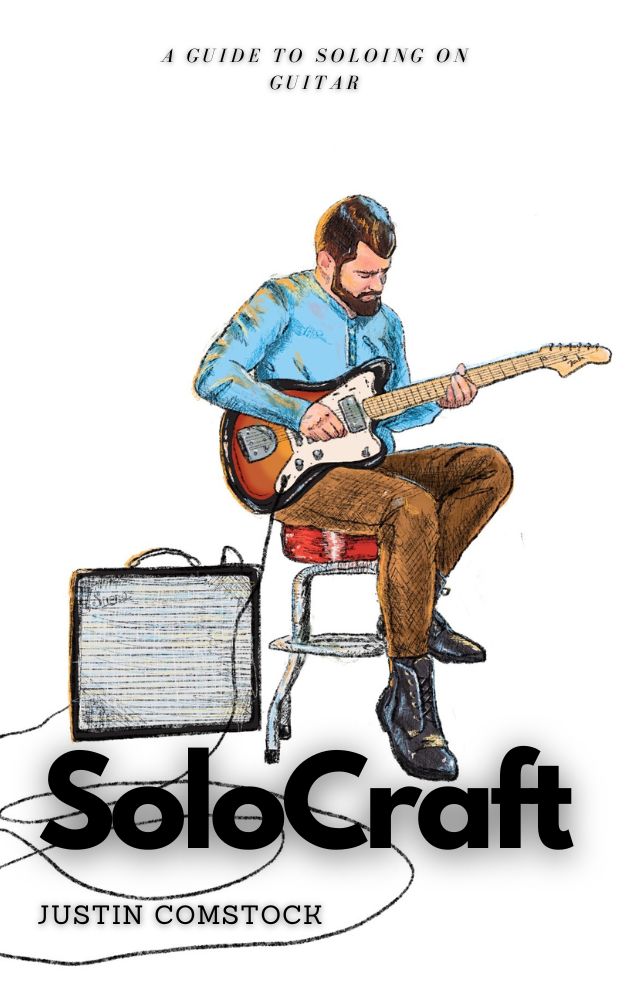
Download the ebook “SoloCraft”!
SoloCraft is the ultimate guide to mastering guitar soloing, designed for players of all levels. Packed with step-by-step lessons, pro-level techniques, and real-world examples, SoloCraft teaches you how to navigate the fretboard, craft expressive solos, and unlock your full potential as a lead guitarist. Whether you’re improvising, building speed, or adding emotion to your playing, SoloCraft gives you the tools to solo like a pro.
Download Now
Chapter 2: Practice Making Real Music
“Stop practicing chords. Start playing songs.”
Here’s the deal: You can memorize 100 jazz chord shapes and still not know how to use them.
Jazz is a language, and chords are the grammar. But nobody falls in love with grammar—they fall in love with stories. So we’re going to turn our chord shapes into musical stories.
Step 1: Learn chord families. In jazz, we think in types:
- Major 7 family (maj7, maj9, maj6)
- Minor 7 family (m7, m9, m6)
- Dominant family (7, 9, 13, 7b9, 7#5, etc.)
Learn how they move together. One of the most magical progressions in jazz is this one:
|| Dm7 | G7 | Cmaj7 ||
It’s the classic ii-V-I in C. Master this in every key, and you’re 80% of the way to playing jazz standards.
Step 2: Apply it to a tune. Let’s look at “Blue Bossa”—a standard every jazz guitarist should know. Just take the first few bars and try using different voicings for each chord.
Cm7 | Fm7 | Dø | G7 | Cm7
Now experiment:
- Play rootless voicings on the middle four strings
- Add 9ths and 13ths when possible
- Use voice leading (move just 1–2 notes between chords)
Chapter 3: Form Follows Function
“Don’t just play pretty chords—make them mean something.”
There’s a temptation to use the fanciest chord shape just because you can. But jazz isn’t about impressing people—it’s about connecting.
I remember working with a student named Kyle. He was obsessed with altered dominant chords. Every G7 turned into a G7#9#5 or some beastly inversion. But the groove suffered. The melody got buried.
So I asked him: “What is this chord trying to do?”
That’s the heart of it. Every chord has a job. Understand the function of a chord, and you’ll know how to voice it.
Here’s a quick guide:
| Chord Function | Common Use | Voicing Tip |
|---|---|---|
| Tonic (Imaj7) | Rest, resolution | Keep it smooth and open (e.g., Cmaj9) |
| Subdominant (ii, IV) | Movement, tension | Use voicings that climb or fall |
| Dominant (V7) | Drive, pull | Alter it for flavor—especially at cadences |
🎯 Action Step:
Pick a jazz tune (like “Autumn Leaves” or “All The Things You Are”). Label each chord with its function. Then choose voicings that reflect that intention. Want that tonic chord to feel like a warm hug? Try a closed voicing with a major 9. Want tension? Go with a 7b9 with an inner voice movement.
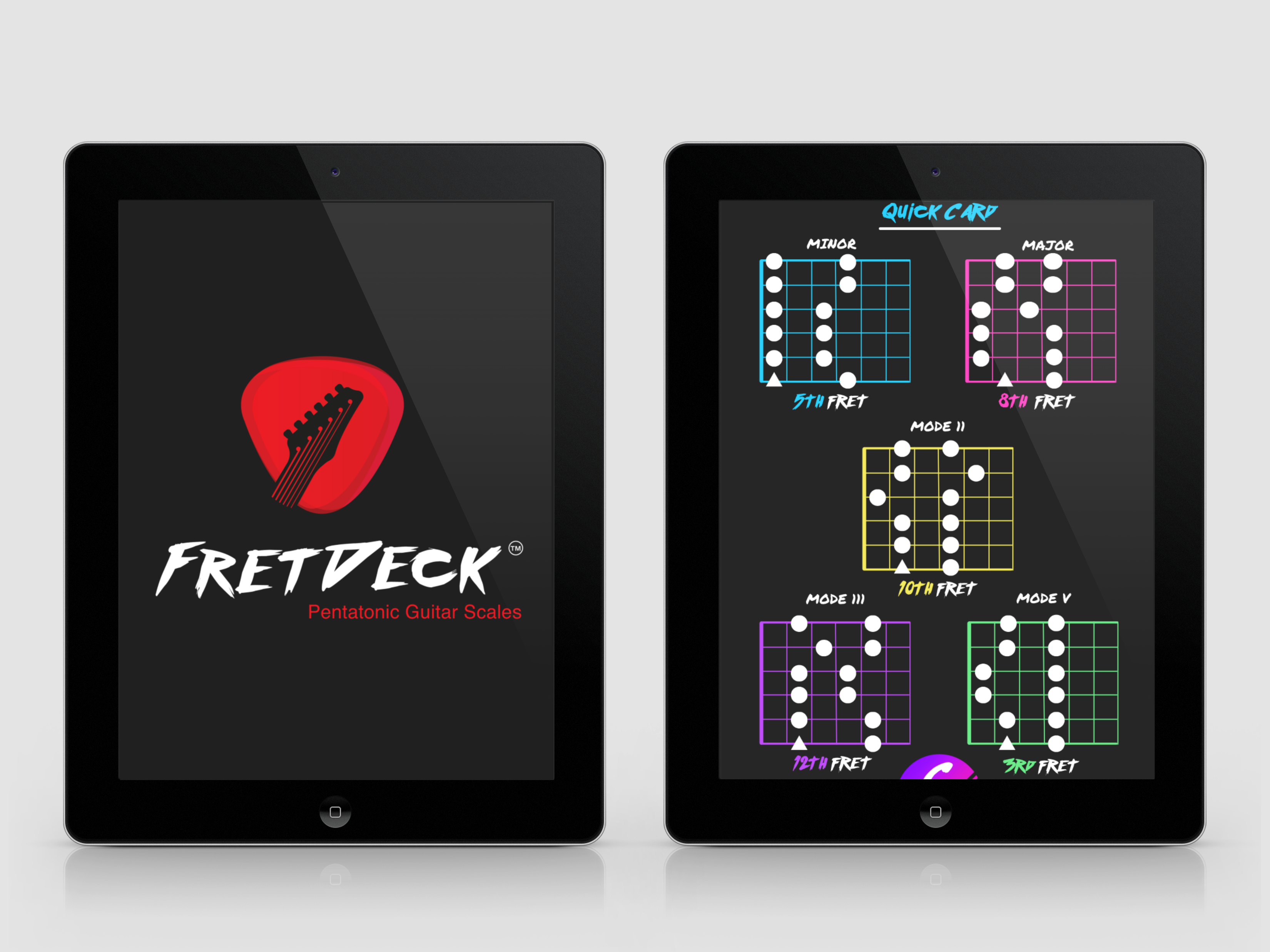
Download The FretDeck & Pentatonic Secrets Course!
Download Our Course
Chapter 4: Keep a Practice Journal
“You can’t grow what you don’t track.”
This one’s a game-changer. A jazz chord journey isn’t linear—it’s like climbing a mountain in fog. Some days, you nail that II-V-I in Ab. Other days, your fingers forget what a Cmaj7 is.
That’s why journaling is key.
Here’s what I write in mine:
- Date
- Tune practiced: “Blue in Green”
- Chords focused on: Dm7b5 to G7alt resolution
- Tempo: 60 bpm
- Struggles: Still rushing that Cmaj9 voicing
- Breakthroughs: Voice-led from G7alt to Cmaj7 with inner voice motion
You’ll start noticing patterns:
- Which voicings click fastest
- Which ones trip you up
- How your musical decisions evolve over time
🎒 Pro Tip: Use color-coded sticky tabs for different areas—voicings, songs, theory, licks. Or go digital and tag entries by key or chord type.
BONUS: The Secret Sauce—Playing with People
Nothing will teach you jazz chords faster than jamming with others. Even if you fumble, even if you mess up a dozen times.
That’s why I highly recommend joining the Guitar Freaks Hangout on Discord. We’ve got players from all over the world—jazz cats, blues heads, beginners, shredders—sharing chord ideas, voicings, progress clips, and real talk.
It’s like the world’s coziest green room. Come hang. Ask questions. Post your latest voicing and get real feedback from people who get it.
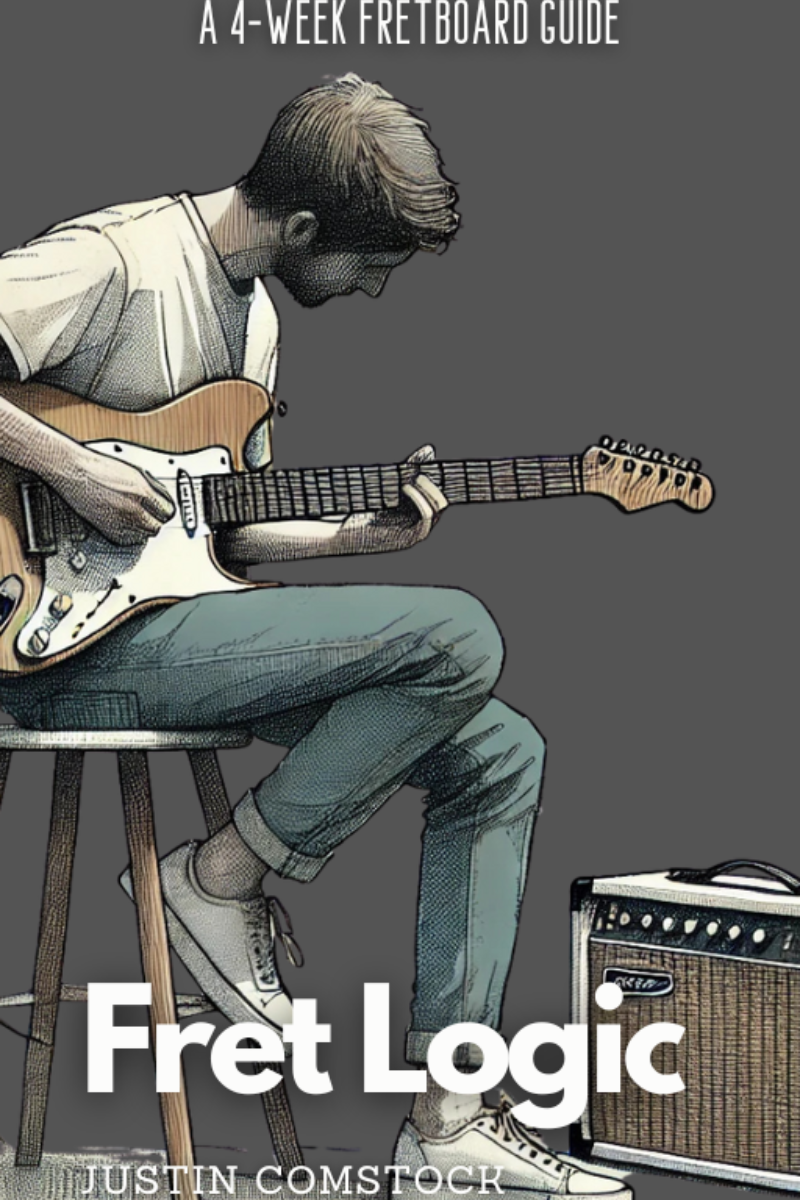
Join Guitar Freaks Hangout on Discord! 🎸
Get Fret Logic FREE!
Join the Guitar Freaks Hangout Discord and get exclusive access to my entire e-book, Fret Logic! Master the fretboard and elevate your solos with this comprehensive guide.
👉 Don’t miss out—join now and download your free copy!
Wrap-Up: Let’s Recap
If you’re serious about learning jazz chords for guitar, you don’t need a conservatory degree—you need curiosity, structure, and a touch of soul. Here’s what to remember:
- Warm up both ears and hands—train yourself to hear harmony
- Turn exercises into music—play tunes, not just shapes
- Let the music guide your technique—form follows function
- Track your journey—use a journal to see the forest through the trees
And when in doubt? Keep it musical. Always.
Next Steps
✅ Grab the FretDeck —it’s like a secret decoder ring for guitar scales.
🎧 Drop into the Guitar Freaks Hangout on Discord. Meet fellow players, trade voicings, and level up with a group that gets you.
And remember—there’s no finish line with jazz. Just deeper stories, richer chords, and the joy of exploration.
